Land Invertebrates
Media
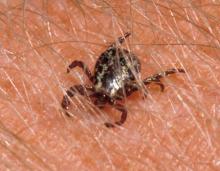
Species Types
Scientific Name
Three common Missouri species
Description
Ticks drink the blood of humans and other mammals. Because they can carry serious, sometimes deadly diseases, it's important to learn about ticks and how to protect yourself from their bites.
Media
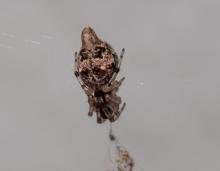
Species Types
Scientific Name
Cyclosa conica and C. turbinata
Description
Trashline orbweavers decorate their small, circular webs with an unimpressive line of insect husks and other debris. The small orbweaver rests at the hub within this line of garbage, looking like just another bit of trash.
Media
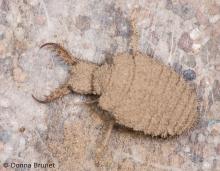
Species Types
Scientific Name
More than 100 species in North America north of Mexico
Description
Antlions, also called doodlebugs, are most familiar in their immature stages, when they create pits in sand in which to trap ants. The adults look something like drab damselflies.
Media
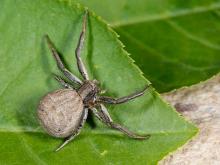
Species Types
Scientific Name
Xysticus spp.
Description
Missouri has several species of ground crab spiders in the genus Xysticus. They are usually dull gray or brown with brown, white, or yellow markings. They typically live under bark or on the ground in leaf litter.
Media

Species Types
Scientific Name
Araneus spp.
Description
Missouri's Araneus spiders, called angulate and roundshouldered orbweavers, can be hard to identify to species. Most have camouflage patterns, and they all make characteristic, delicate, wheel-shaped webs to catch prey.
Media

Species Types
Scientific Name
Gea heptagon
Description
The heptagonal orbweaver, Gea heptagon, builds its circular webs in vegetation only a few feet off the ground. When disturbed, it drops instantly to the ground below and turns a drab brown.
Media

Species Types
Scientific Name
Neoscona spp.
Description
Missouri's Neoscona spiders, called spotted orbweavers, can be hard to identify to species. Most have camouflage patterns, and they all make the characteristic, delicate, wheel-shaped webs to catch prey.
Media

Species Types
Scientific Name
Leucauge venusta
Description
The orchard orbweaver is a small, colorful, greenish, delicate spider that makes circular webs in low bushes and damp woodlands. It typically hangs in the middle of its web, its back to the ground.
Media

Species Types
Scientific Name
Loxosceles reclusa
Description
The brown recluse is a spider whose venomous bite may be medically significant to humans, though a bite is almost never fatal. Brown recluses are most commonly encountered in houses, where they occupy little-used drawers, closets, and other small hiding spaces.
Media
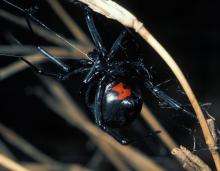
Species Types
Scientific Name
Latrodectus mactans and Latrodectus variolus
Description
The glossy, black-bodied female black widow spider has distinctive red spots on the underside of the abdomen. Only the female can inflict a potentially dangerous bite. The small, seldom-seen male is harmless.
See Also



Media

Species Types
Scientific Name
Cisseps fulvicollis
Description
The yellow-collared scape moth is more often “orange-collared.” And whether you think it looks more like a firefly or a wasp, it’s still a moth!
Media

Species Types
Scientific Name
Nearly 150 species in North America north of Mexico
Description
Slim, delicate plume moths are instantly recognizable by their T-shaped silhouette, long legs, and muted shades of tan and brown. It can be hard to separate the various species.
Media

Species Types
Scientific Name
Pyrrharctia isabella
Description
Not many people know the adult Isabella tiger moth when they see one, but we’re all acquainted with its caterpillar, the woolly worm, or woolly bear.
About Land Invertebrates in Missouri
Invertebrates are animals without backbones, including earthworms, slugs, snails, and arthropods. Arthropods—invertebrates with “jointed legs” — are a group of invertebrates that includes crayfish, shrimp, millipedes, centipedes, mites, spiders, and insects. There may be as many as 10 million species of insects alive on earth today, and they probably constitute more than 90 percent all animal species.





















